How to raise spider plants to make them more vigorous
Last Update :2024.11.13
Article Catalog
What to do with the yellow and dried leaves of Chlorophytum
If you want to maintain a more vigorous spider plant, you need to pay attention to the soil, light, watering, temperature, fertilization and repotting. It likes a warm, well-ventilated and humid environment and has poor cold and drought tolerance. It needs timely watering during the growing season and good temperature control after winter. Although it has a certain ability to tolerate barrenness, it is best to apply light fertilizer frequently during the peak growth season. If the nutrients are sufficient, it will naturally grow more vigorously. In addition, it grows quickly, so it is best to repot it every one or two years.
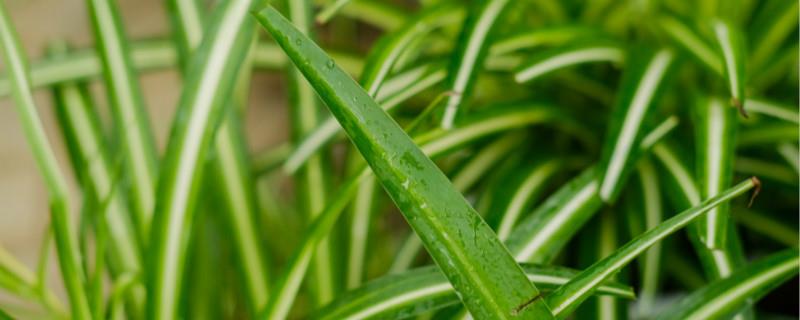
1. Suitable soil
1. Suitable soil
Chlorophytum does not have high soil requirements and can grow normally with ordinary garden soil. But if you want it to grow more vigorously, it needs to be maintained in soft, breathable, fertile and slightly acidic soil. When mixing soil, you can mix garden soil, leaf mold soil, and river sand in a ratio of 4:4:2. You can also mix peat soil, leaf mold soil, river sand, and perlite in a ratio of 4:3:2. : 1. After preparation, expose to the sun for disinfection or disinfect with disinfectant. Use after disinfection to prevent eggs and bacteria inside.

2. Suitable light
Chlorophytum prefers a semi-shady environment, is not tolerant to sunlight, and has a certain shade tolerance. If you want it to grow vigorously, you should neither place it in the shade for a long time nor expose it to direct light or strong light. It is best to place it in a place with scattered light and get more soft light. For example, a place that can receive the sun in the morning and evening and see light at noon. It only needs three hours of sunshine every day. With appropriate lighting, it can carry out photosynthesis better, thereby accumulating more nutrients, growing vigorously, and the leaves will be greener.
3. Water appropriately
Chlorophytum likes a humid environment, cannot grow without water, and is not drought-tolerant. During the maintenance period, if the soil is found to be dry, water it in time. The amount of water must be controlled well. The soil must be moist and there should be no accumulation of water. The specific frequency of watering depends on the season. The climate and temperature are more suitable in spring and autumn every year, which is the peak growth season for it. It requires a lot of water. It usually needs to be watered once every three or four days, and it is watered thoroughly every time. The temperature in summer is high and water naturally evaporates quickly, so watering needs to be increased, usually once a day, to prevent the soil from drying out. When the temperature drops after winter, its growth rate will also slow down. You need to reduce the frequency of watering and wait until the soil is dry before watering again.
4. Suitable temperature
If you want Chlorophytum to grow vigorously, you must control the temperature well. It has certain temperature requirements. It is not resistant to high temperatures and has poor cold resistance, and likes warm environments. The temperature between 15 and 28 degrees is best and most conducive to growth. When the temperature drops to 10 degrees in winter, it is necessary to move indoors and control the temperature above 10 degrees, and the minimum should not be lower than 5 degrees, otherwise it is easy to get frostbite. In summer, when the high temperature exceeds 30 degrees, ventilation should be strengthened and water should be sprayed frequently to help cool it down. If the temperature is well controlled, spider plants can grow all year round.
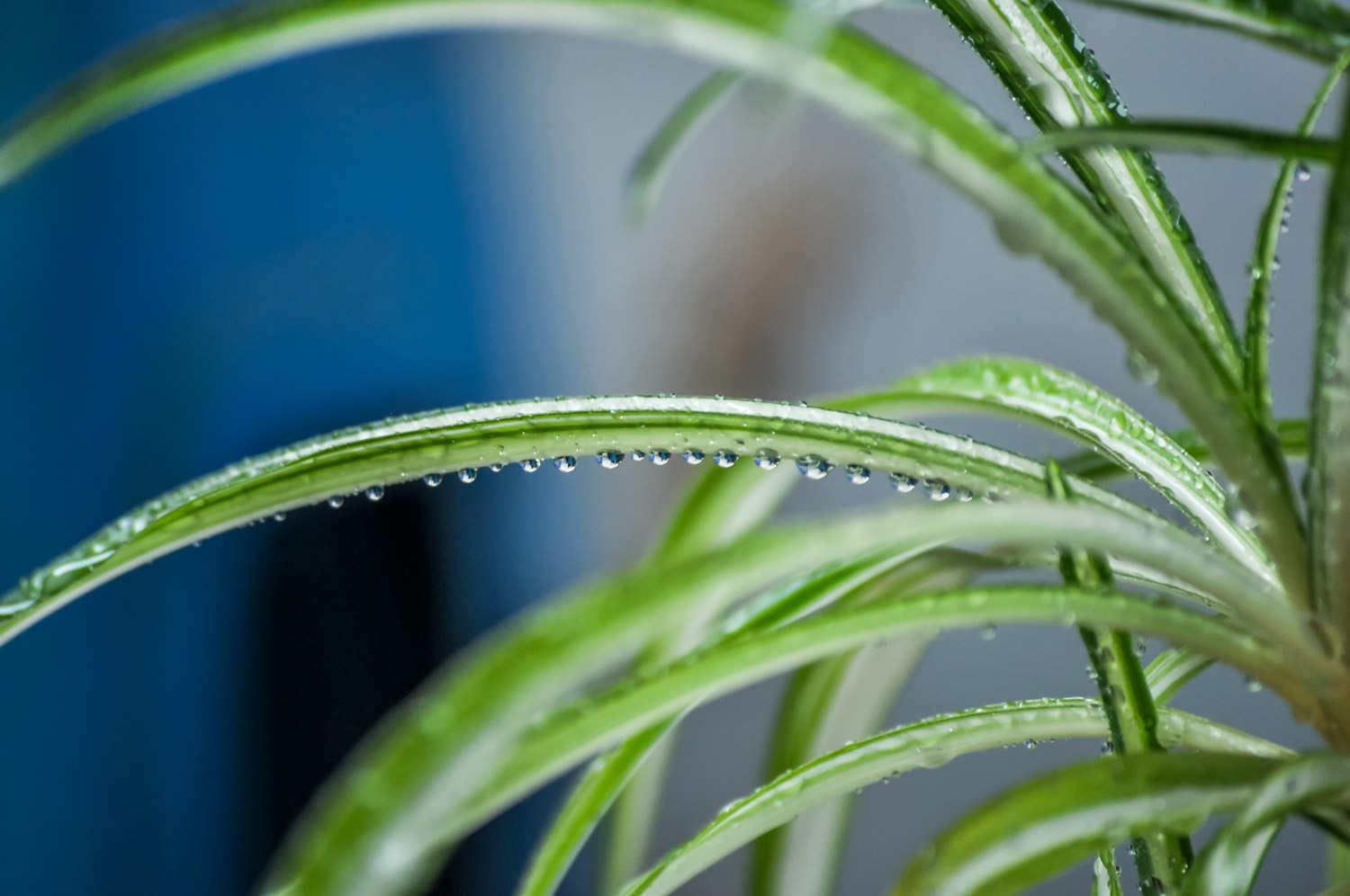
5. Sufficient nutrients
Chlorophytum has a certain ability to tolerate barrenness, but if you want it to grow vigorously, it must be properly topdressed. It seldom blooms and only grows leaves. It is a foliage plant. Just add urea fertilizer or decomposed organic fertilizer to it. It is best to dilute the fertilizer and then water the fertilizer solution. Top dressing is usually done once every 20 days during the growing season. After winter, fertilizer needs to be stopped in time to avoid fertilizer damage. Proper fertilization to ensure sufficient nutrients will promote better leaf germination, greener leaves, and faster growth.
6. Change the pot regularly
Chlorophytum grows very fast, and it needs to be replaced with potting soil regularly during the maintenance period. Under normal circumstances, the pot should be repotted every one or two years. Change the pot to a slightly larger one to accommodate the root system's need for space. Replace with new nutrient soil to avoid soil compaction. Each repotting should be carried out in spring and autumn, combined with root pruning, and cut off rotten, dead and old roots so that fertilizers and water can be better absorbed later. If the pot is not changed for a long time, not only will there be insufficient space, but the acidity of the soil will increase and it will also easily become compacted, which is detrimental to its growth and prone to many poor growth conditions.
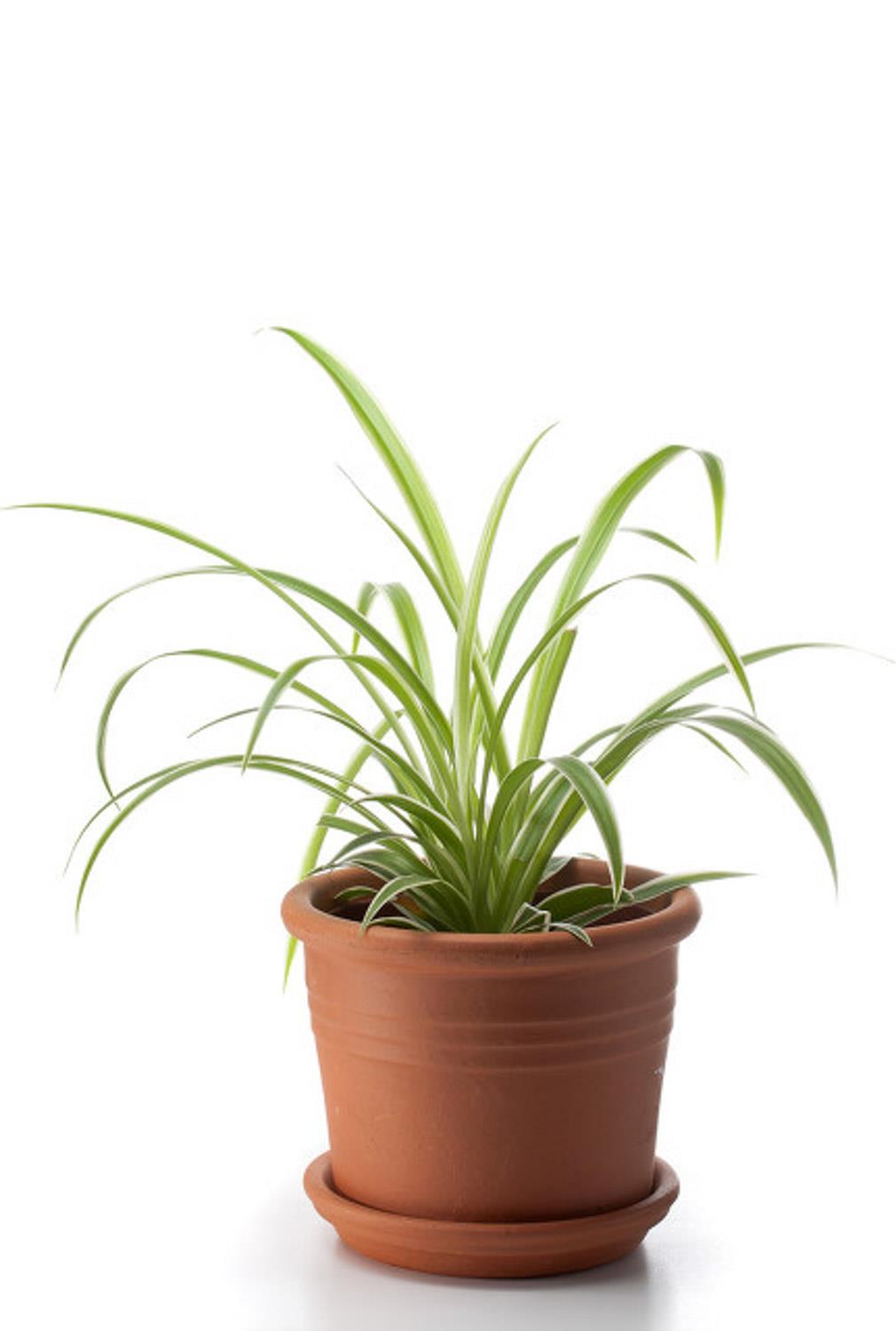
Dried yellow leaves of Chlorophytum What to do with the leaves
1. Reasonable temperature control: The yellow and dry leaves of Chlorophytum may be caused by temperature discomfort. It likes a warm environment and has poor cold tolerance. If the temperature cannot be controlled well after winter, it will be easily frostbitten if it is exposed to an environment of about 5 degrees for a long time, resulting in yellow leaves or even dry leaves. The temperature should be raised as soon as possible. It is best to stabilize the temperature above 10 degrees and cut off the yellow and dry leaves, so that they will recover quickly.
2. Timely replenishing water: Chlorophytum is not drought-tolerant, and the yellow and dry leaves may be caused by lack of water. If you forget to water for a long time, it will be prone to drought and yellowing if it cannot absorb water. It is recommended to water as soon as possible, preferably water thoroughly so that it can absorb sufficient water, and spray water frequently to increase the humidity and promote recovery as soon as possible.
3. Change the soil: If the soil used during the maintenance of Chlorophytum is alkaline or too sticky, it will hinder the breathing of the root system, and it is easy to have yellow leaves and dry leaves over time. This situation leads to the recommendation to loosen the soil as soon as possible and properly water the ferrous sulfate solution to increase the acidity of the soil and promote rapid recovery. If it is in spring and autumn, it is recommended to change the soil as soon as possible and replace it with soft, breathable, slightly acidic and fertile soil.
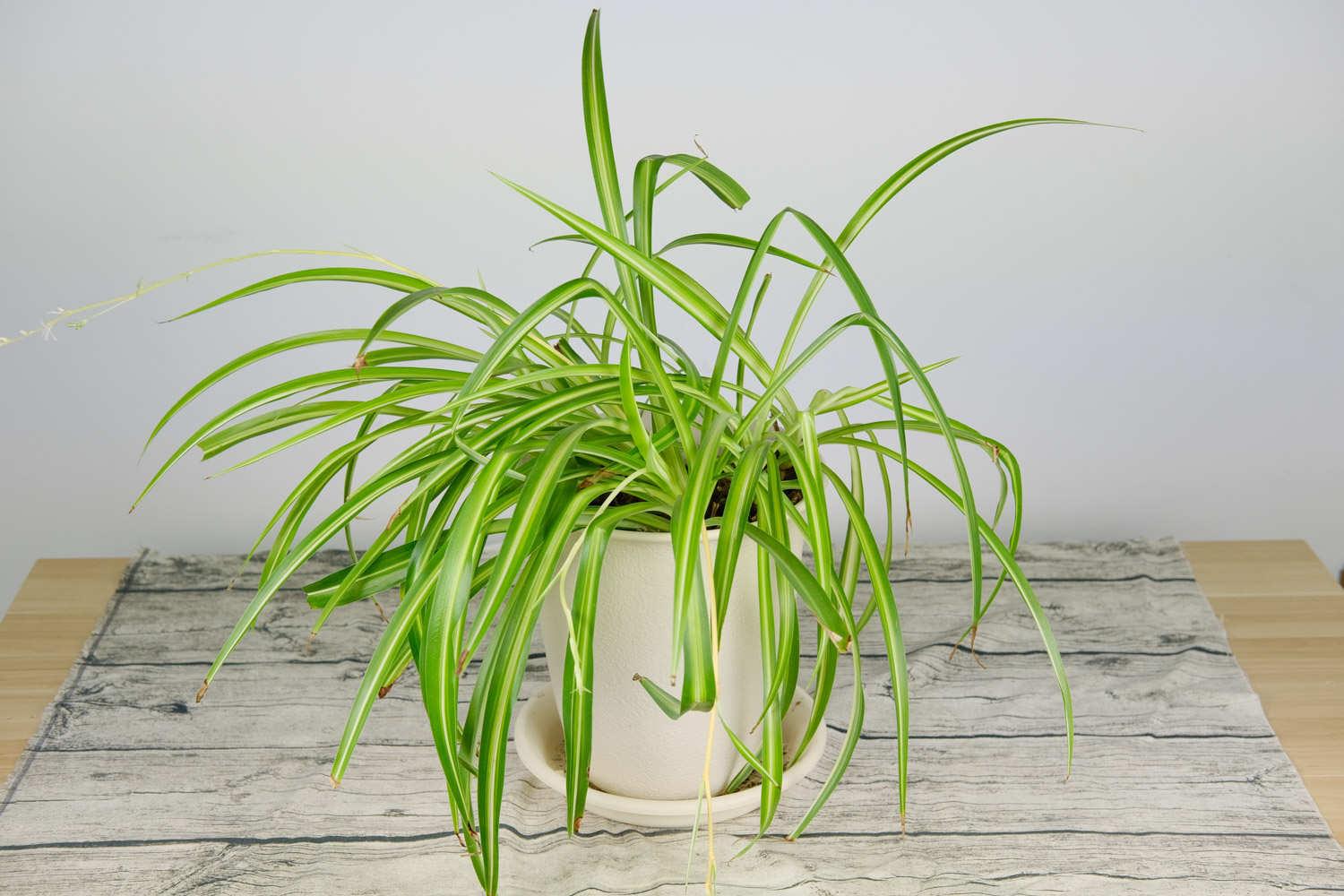
2. Suitable lighting
3. Water appropriately
4. Suitable temperature
5. Adequate nutrition
6. Change pots regularly
What to do with the yellow and dried leaves of Chlorophytum
- END -
How to grow fuchsia bonsai
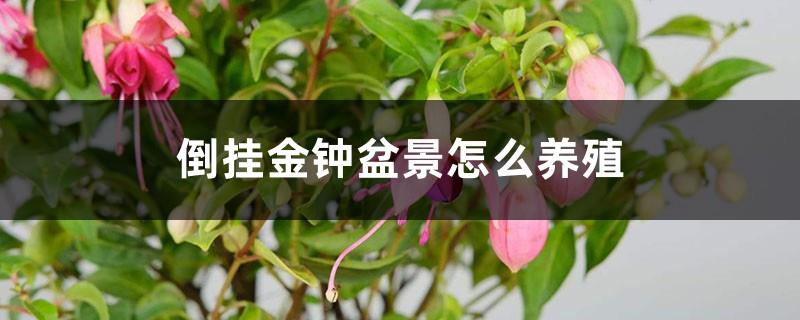
Soil: 5 parts of humus soil, 4 parts of sandy loam, and 1 part of decomposed cake ...
How to plant camellia seeds

The best temperature for seed planting is around 20 degrees, and the air should be...